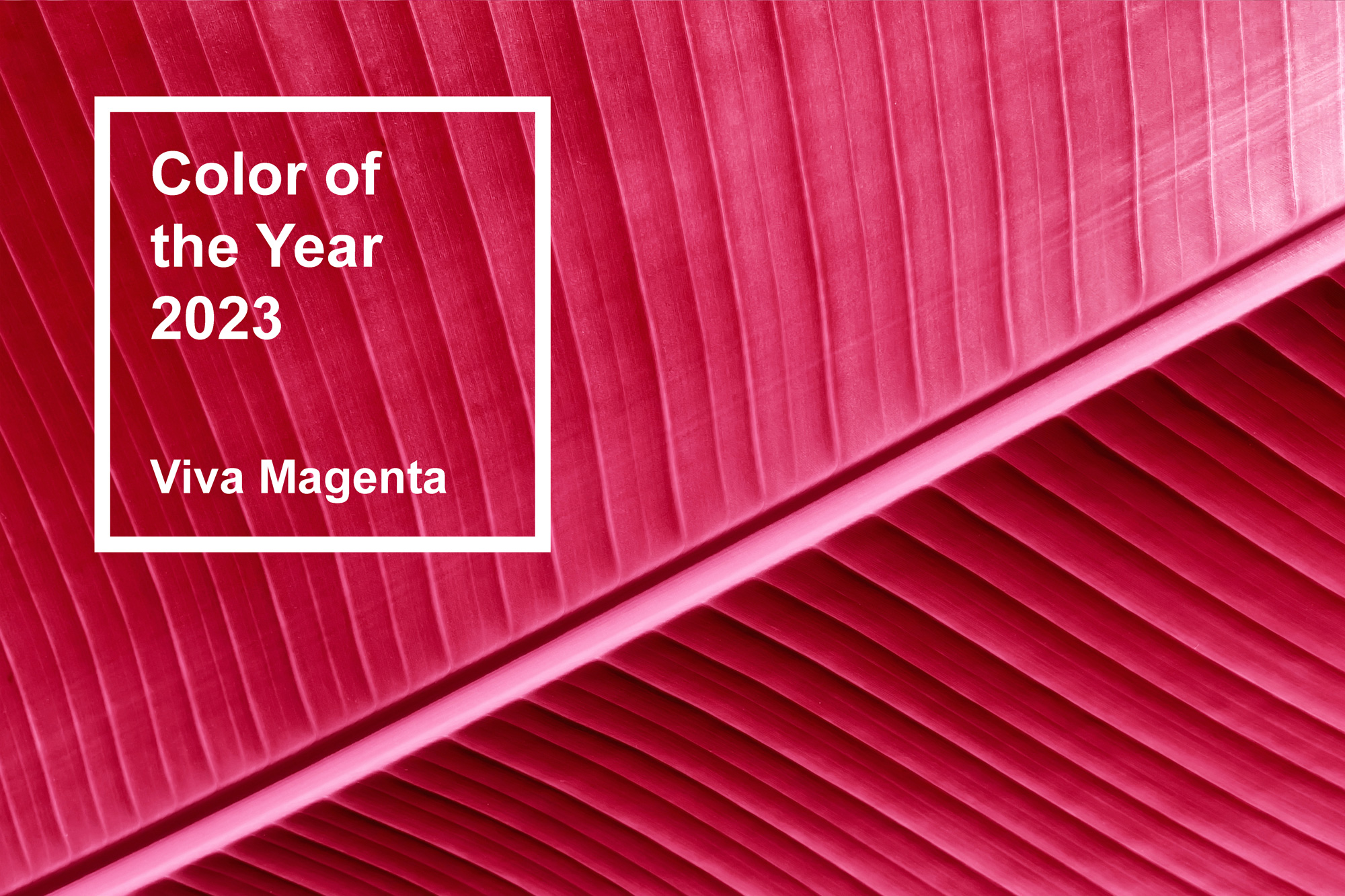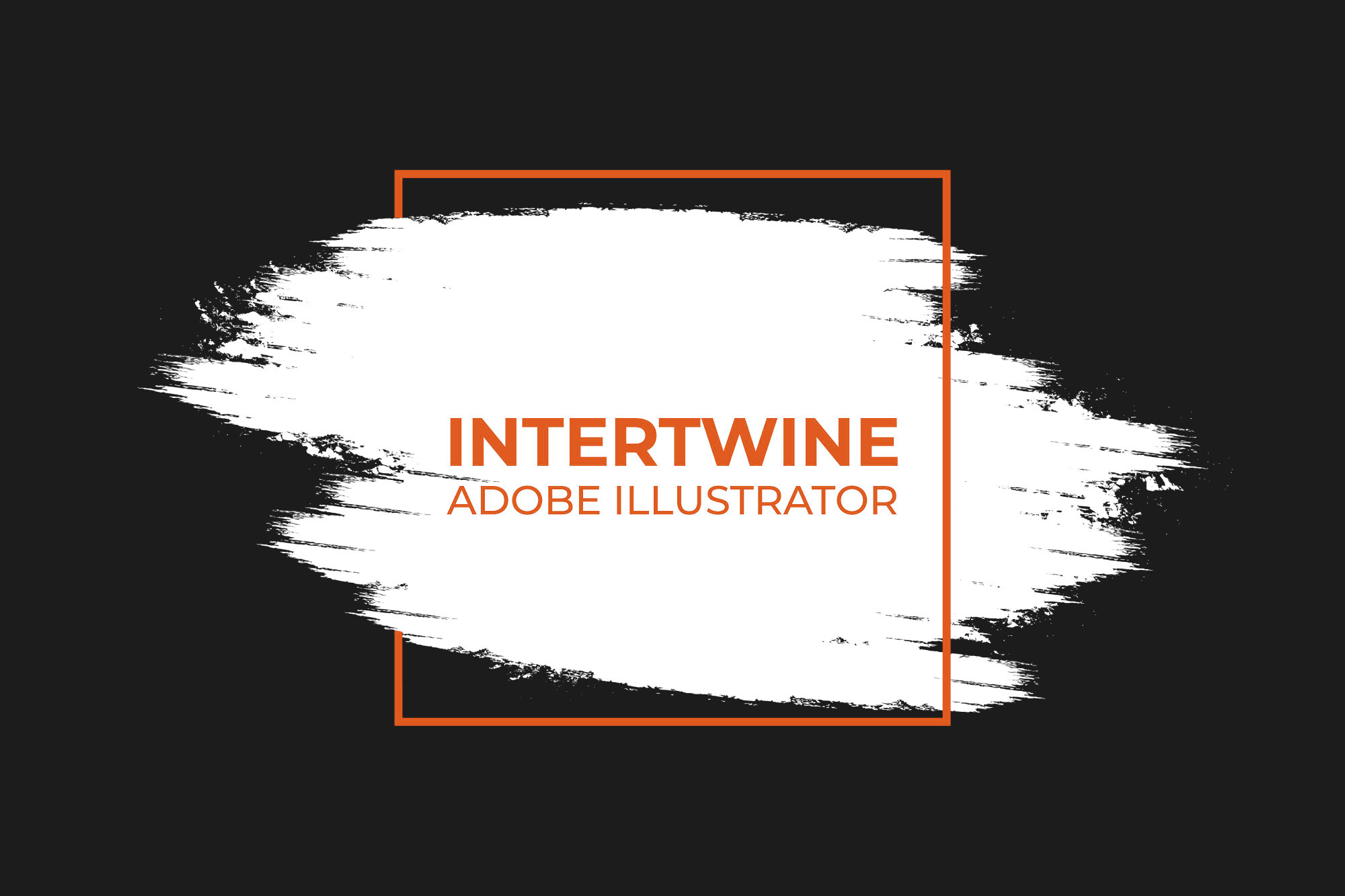Georgia | Type Set
Originally conceived in 1993 by Matthew Carter, Georgia’s iconic serif design still sees use to this day. Labeled as a transition serif typeface by some, Georgia bridges the gap between the serifs of old print with the modern digital serif fonts. We will take a deep dive into what makes Georgia a featured font as well as its origins and rise to popularity along with its many applicable uses and pairings.
Origins of Georgia
During the early 90s the internet was exploding in popularity. Screens were not capable of displaying the crisp “retina” quality that has become the standard. Small details are lost and hard to read. Influenced by the Scotch Roman designs of the 19th century, Georgia brings the serif designs to the internet.
Scotch Roman fonts can be traced back to Glasgow, Scotland based off of designs by Richard Austin and William Miller. Created by Miller of Miller and Wilson Pica No. 2, simply known as Roman at the time, is a prime example of the style. Imported into America, the style exploded in popularity. Scotch Romans played an integral part in the design of modern typefaces.
Georgia shares the large ball terminals, horizontal serifs and high stroke contrast of Scotch Romans (especially prevalent on the lowercase b, d, h, k and l. The Scotch Roman designs of old differ in regards to how the strokes vary greatly as well as how the apertures of Georgia are medium in width. The x-height is also larger, and the cap height of Georgia is lower than the ascenders. The numbers do not line up completely, which makes the typeface rather unique.

Analysis of Georgia
What makes Georgia optimized for screen use? Georgia’s readability comes from a number of factors that are listed below.

X-Height and Cap Height
Georgia features a large x-height for a serif typeface, larger than Times New Roman. The cap height is also large as compared to a standard serif typeface.
Counters
The counters in Georgia are large as well, allowing for the ability to easily distinguish characters at low resolution. Looking at the letter a for example we see a large closed counter that makes up a majority of the form as compared to its medium aperture to offer readability in the complexity of the form.
Ascenders
The ascenders rise above the cap height to further differentiate the capital letters from the lowercase letterforms. Looking at the T and the h in “the” we can see exactly that. The ascender rises above the capital T which offers a distinct sense of character to the face.
Serifs
Georgia’s serifs make use of large ball terminals on some of the letterforms such as the a and y. The serifs also appear asymmetrical in nature with bracket ends.
Tracking
Georgia’s tracking, or space between each letter is generous to allow for the characters to breathe and not be confused with one another.

Italic
The italic style of Georgia features characters which are not just slanted but rather created with optical corrections to create a true italic. Mark Simonson, the creator of Proxima Nova (a font which we will discuss later), stated in a blog post that the italic form of Proxima Nova took almost three months of work to get right.

Bold
Georgia Bold is a typeface that is darker than most other bolds. The reason for this is because at the time, computer fonts were bitmaps, and either a pixel was black or white. On old computers, one pixel is a quite sizable difference and there was no option to use half a pixel.
Georgia Pro
Georgia has since received an update in 2013 as did Verdana. The updated typeface, Georgia Pro includes:
- Additional weights, including condensed versions.
- Specialized small caps designs that integrates with lowercase type.
- Extensions to the character sets.
- Extensions to the kerning.
- OpenType typographic features such as ligatures.[a]
- Lining figures.

Uses of Georgia
Designed primarily for use on low-resolution screens, Georgia now sees use by many publications for headlines. Many newspapers utilize the typeface online and then gradually move to print for uniformity in design if necessary. Georgia can have issues in print, and requires optimization to make sure the typeface is crisp and clean for the medium.
Compatible Font Pairings
Georgia pairs well with almost any simple sans-serif font of a similar width and x-height.




Alternative Font Options to Georgia



Conclusion
Created as a solution to the problem of illegible type on computer screens, Georgia has stood the test of time and become a staple font preinstalled on every Apple and Windows computer. Working both digitally and physically, Georgia should be a font worth looking at, as it is a favorite among designers.





